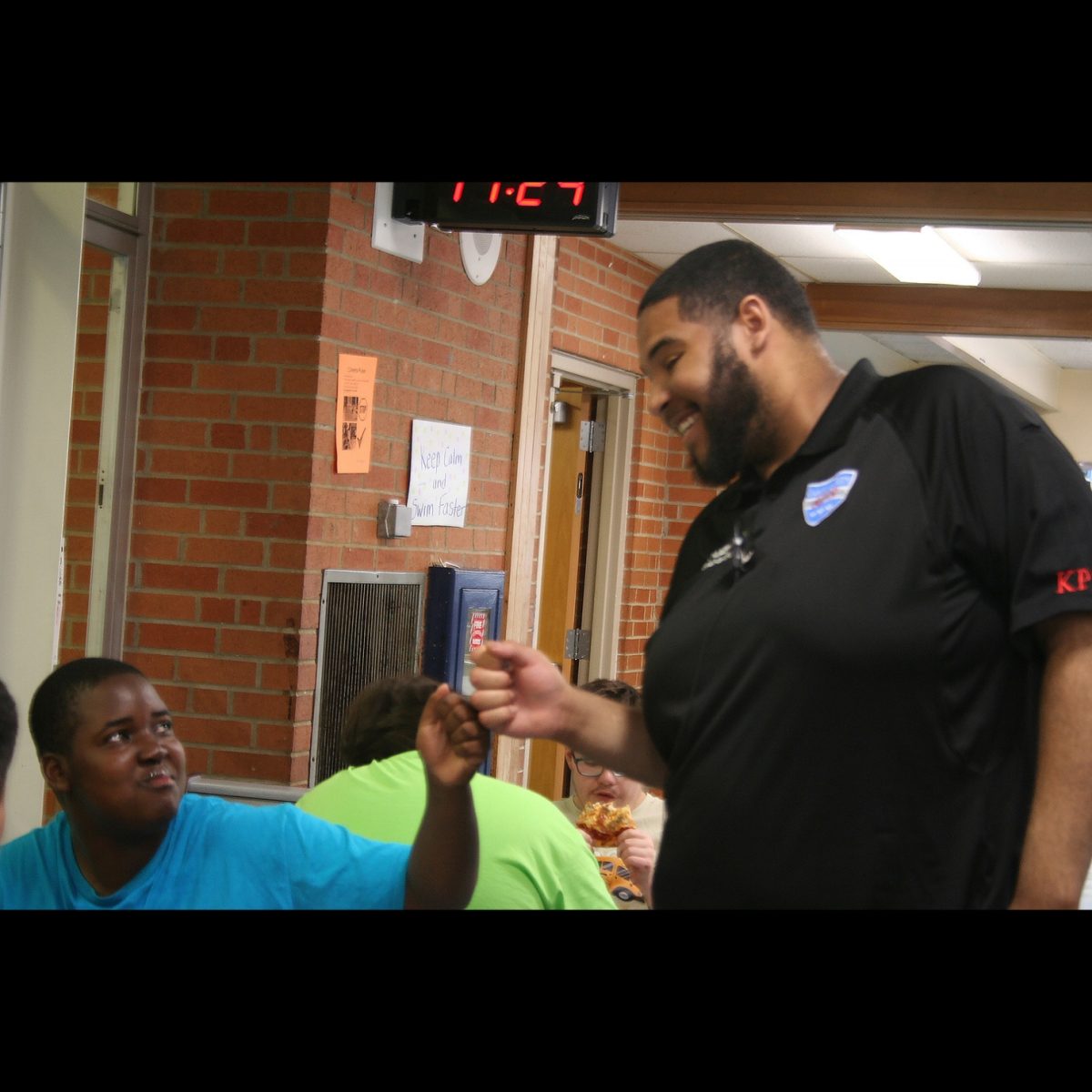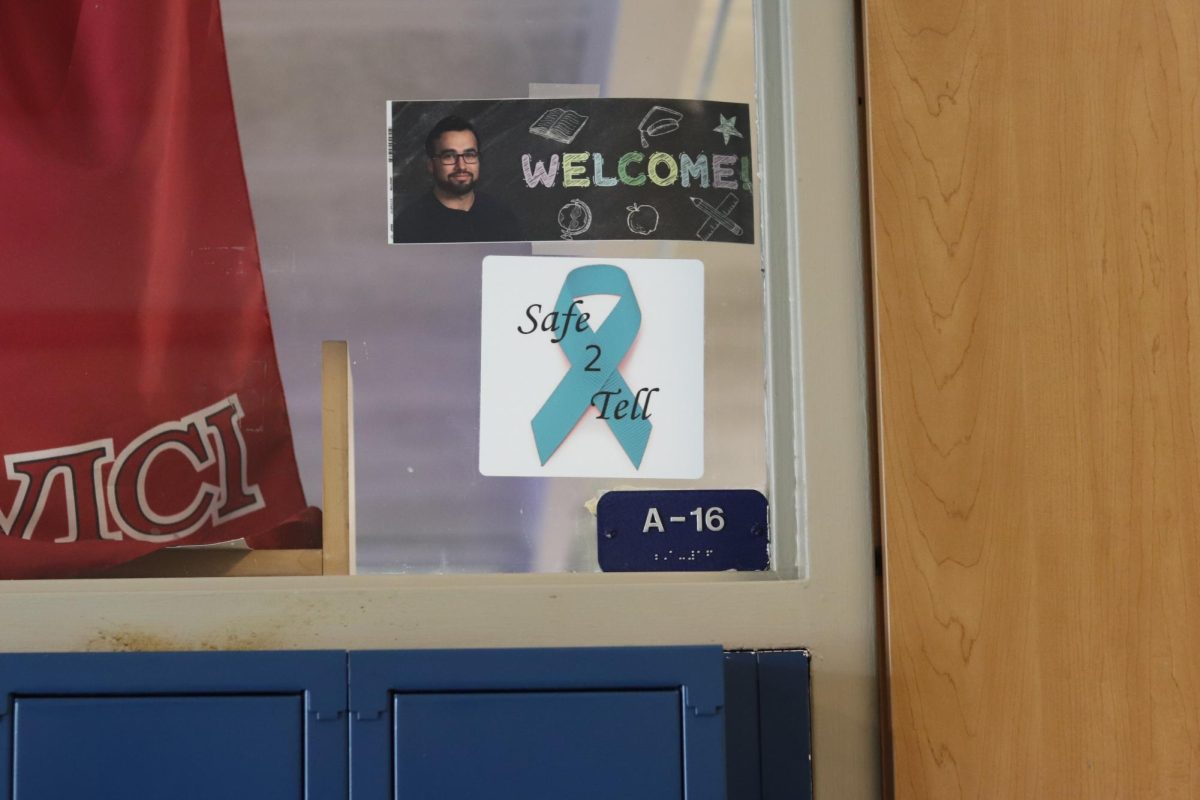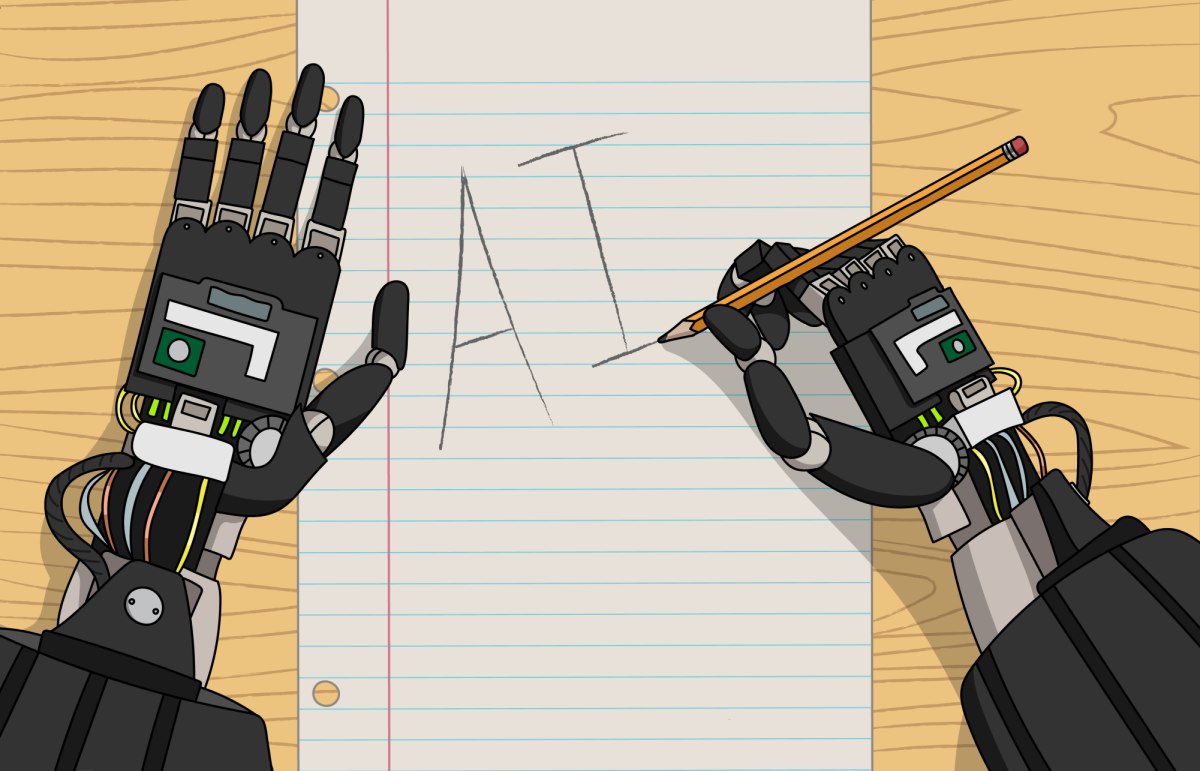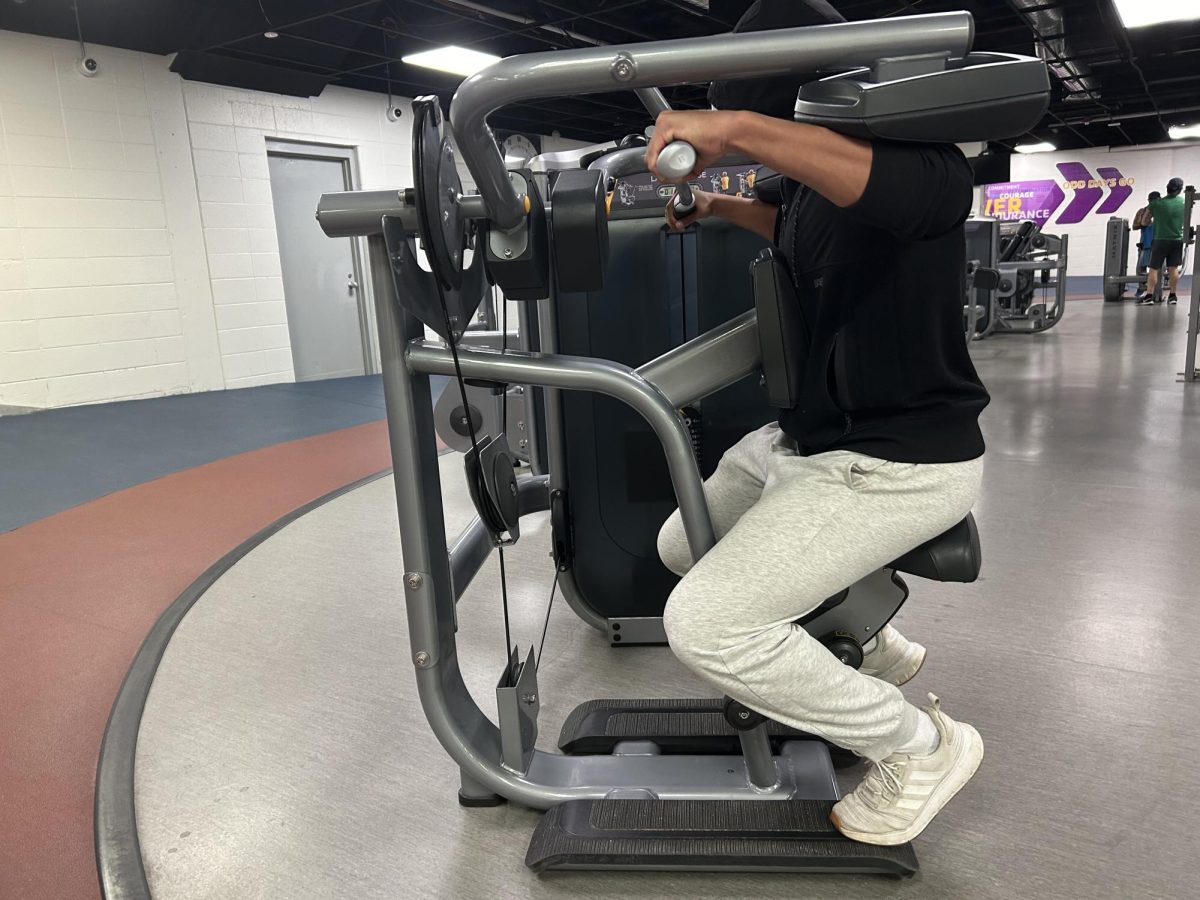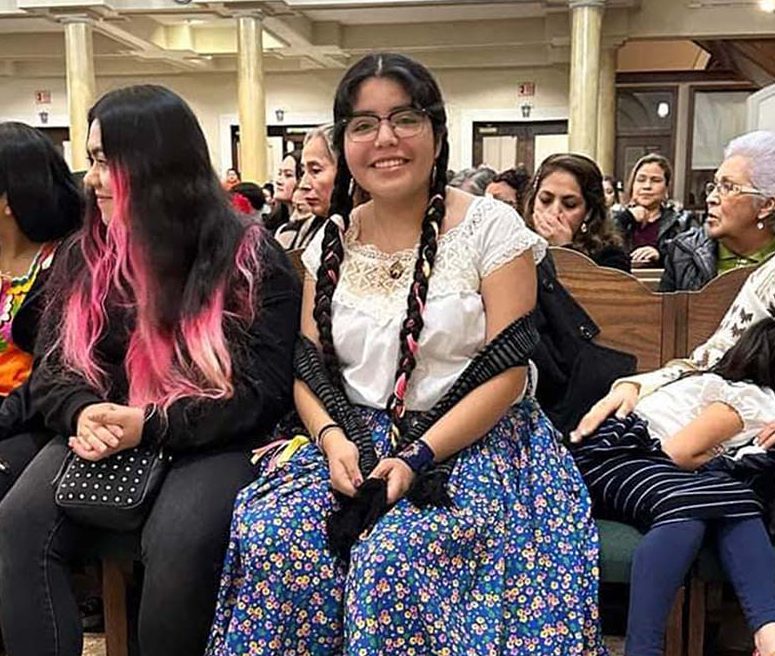 In the past, feminism was the gateway for middle and upper-class white women to achieve the right to vote, unlike white men who already had the right. This was known as the first wave of feminism, which was recorded to have began around the 19th-century. It would soon transform into the demand of equal opportunity in the workforce and a voice in political affairs.
In the past, feminism was the gateway for middle and upper-class white women to achieve the right to vote, unlike white men who already had the right. This was known as the first wave of feminism, which was recorded to have began around the 19th-century. It would soon transform into the demand of equal opportunity in the workforce and a voice in political affairs.
Second wave feminism focused on the abolition of slavery and equality between race and gender. Women of color were able to raise awareness to the unfair treatment that they faced in their shared society. Women like Sojourner Truth, abolitionist and women’s rights advocate, and Sarah Moore Grimke and Angelina Emily Grimke were loud about the injustice between men and women of color. They were loud about their cause, speaking in front of crowds of people, rallying others to join and demanding the respect of the people. They weren’t afraid of controversy.
In 1851, Sojourner Truth gave her “Ain’t I A Woman?” speech during a women’s right’s convention in Ohio. The speech countered the notion that women are automatically the weaker sex and vividly described the mistreatment of slaves.
“I could have ploughed and planted, and gathered into barns, and no man could head me! And ain’t I a woman?” said Truth.
This leads into what is now known as the third wave of feminism which holds high the priority of equal rights among men and women within social, economic and political grounds. Take the ratio of women and men in the United States Congress, as shown in Women In Government on the Catalyst website. In 2015 only 19.3 percent of women made up the House of Representatives. The Senate holds only 20 percent of women. In the Congress, only 33 of 104 women are of a different race.
However, a conflicting ideology of feminism has sprouted from the time between the end of the second and beginning of the third wave. This separate branch is known as radical feminism and it diverts from the goals of true feminists. In other words, radical feminism is an unexpected corner that took its own form of justice that doesn’t leave room for righteous equality. Radical feminists deny the inclusion of a particular portion of the LGBTQ community–transgender women, as reported in “What Is A Woman?” by Michelle Goldberg in “The New Yorker.” Radical feminists believe “men posing as women are simply trying to fulfill ‘an erotic fixation,’” based upon retired professor Ray Blanchard’s theories.
Radical feminists have shown themselves to be contradictory to the ideas established by the past waves. Instead of creating and supporting equality between race and gender, radical feminists want to make our society follow matriarchal ideology, which is similar to the idea of a patriarchal society only with a gender flip.
While it sounds empowering and appealing for some, it’ll only create even more problems for the majority. Instead of completely abolishing the unfair treatment, radical feminists want to simply reverse the roles, ultimately keeping the same problems. Feminism is meant to protect men as well as empower women but not to put one above the other. Feminists need to remind people that they seek equality and safety for everyone, not for a select few or a single gender.
Feminism is not an outlet for women to bond over their hate of men, it isn’t an excuse to whine and complain about problems that aren’t ours. Feminism is the unveiling of the problems that still lay ahead. True feminists hold out their hands to men who want to change the way societies dictates. Feminists encourage women to hold themselves with self-respect and teach them that they are not here to be used. Feminism is a voice, an encouragement, a group of individuals that are tired of the subtle injustice that still plagues today’s society.
The Difference Between Feminism and Radical Feminists
February 14, 2017

